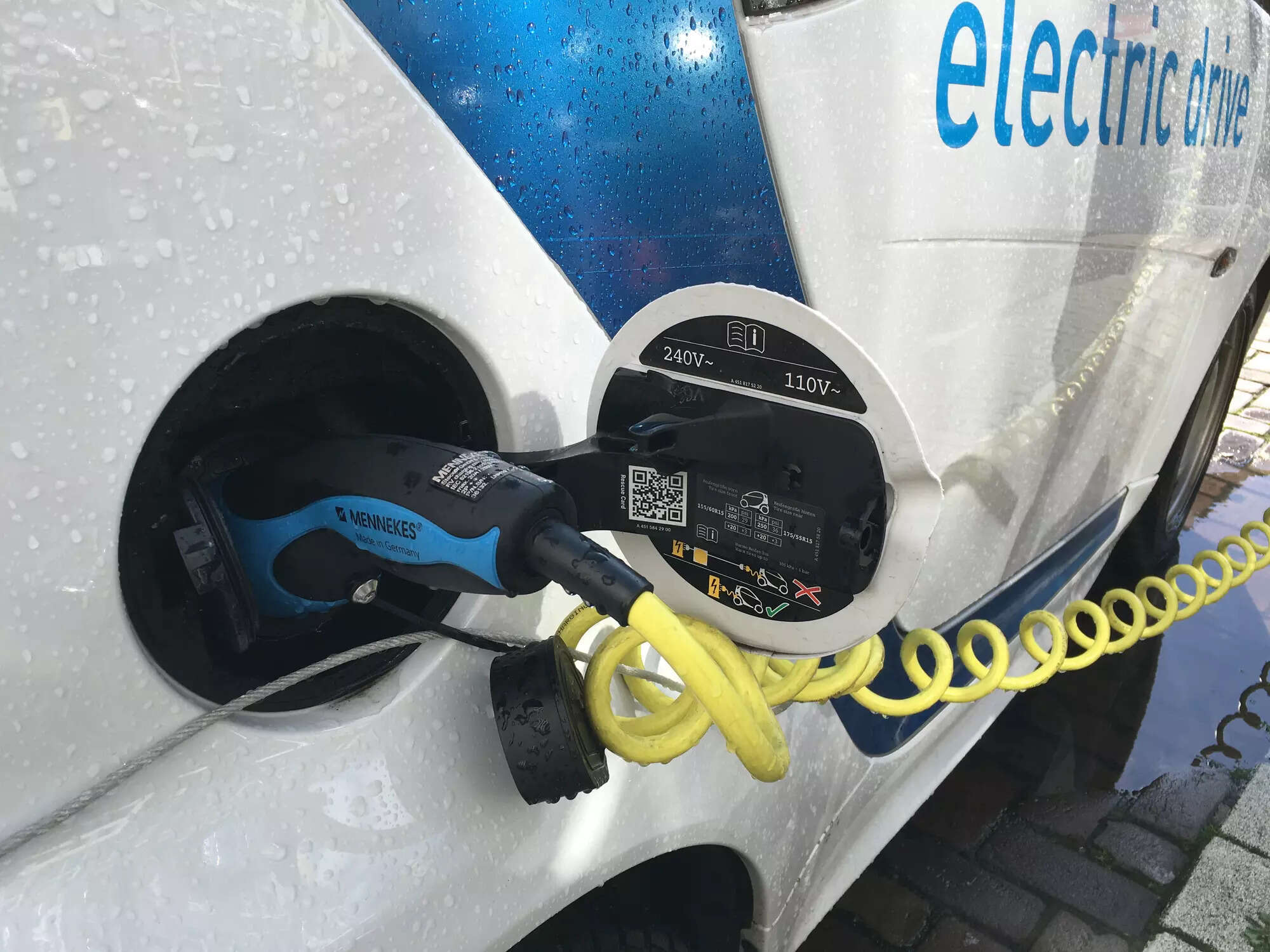
With clean environment and sustainable development constituting a pressing priority for governments across the globe today, exploring of low-carbon mobility options has certainly been a significant part of those priority lists. And the Indian government has been no different. So far, among a range of low-carbon mobility options that exist, EVs perhaps are turning out to be the most practicable alternative in terms of technological feasibility and maturity, costs of transition and ease of use from end-customers’ standpoint. And any traction in usage of EVs would necessarily be contingent on the presence of adequate charging stations as well as related infrastructure and services.
In what ways is the government pushing for and promoting the growth of EV charging infrastructure?
Putting in place a comprehensive policy blueprint with built-in policy & financial assistance
Indeed, just as the government has pushed EVs through the National Electric Mobility Mission Plan (NEMMP) and its components such as FAME I and II, the same level of policy thrust is also being given to charging infrastructure. In fact, charging infrastructure has been one of the four focus areas of FAME I of the Ministry of Heavy Industries. Similarly, under FAME II, the same ministry has announced a phased manufacturing program for subsidy eligibility for EV public charging stations and related equipment including input and output switchgears, charging guns and power modules, among others. At the same time, the government has issued consolidated guidelines and standards for charging infrastructure in a document that also spells out specifics such as objectives, definitions, compliance requirements for public charging infrastructure builders, tariff rules for supply of electricity to charging stations, provision of land at promotional rates for public charging, phase and priority-wise identification of locations for coverage and implementation mechanism. While the Bureau of Energy Efficiency has been appointed as the central nodal agency for rollout of public charging infrastructure, state DISCOMS would generally be the nodal agency in respective states unless otherwise decided by state governments.
Directly taking on the responsibility of setting up charging stations
The government has enabled a policy climate conducive to the needs and sensitivities of private players as has been evident under FAME I and II. In fact, the government is encouraging its own agencies and bodies to set up charging stations in different parts of the country. For instance, in order to address the issues arising out of shortage of land, PSU Oil Marketing companies including Indian Oil, Bharat Petroleum and Hindustan Petroleum have been tasked with the establishment of as many as 7432 fast charging stations within their premises. And for this, the oil PSUs have been sanctioned a sum of Rs 800 crore as a subsidy particularly with a view to help them in meeting the costs of setting up upstream infrastructure. The presence of fast charging stations at these country-wide network of OMC retail outlets would go a long way in addressing the range anxiety of motorists especially those travelling inter-city long distance. Some of the intended targets of OMCs would be all the metros, million plus cities, smart cities notified by MoHUA, cities of hilly states, and highways and expressways across the country.
Aligning and collaborating with other government bodies
The government is also making sure that the other ministries such as the Ministry of Power and Ministry of Housing and Urban Affairs extend full cooperation and remain aligned with its charging infrastructure end-goals. For example, amendments have been made in the relevant parts of the Model Building Bye-laws 2016 particularly in chapter 10 with an eye on providing sufficient physical space for charging stations – private charging infrastructure in residential buildings and public charging in all other buildings – along with necessary provisions such as those for relevant connections and metering requirements. Similarly, Ministry of Power has clarified that the charging of batteries of electric vehicles through charging station does not require any license under the provisions of Electricity Act, 2003. Also, DISCOMs have been directed to provide electricity connection to public charging stations in accordance with the timelines specified in the “Electricity (Rights of Consumers) Rules 2020”.
Taking a holistic country-wide view
The Central government in collaboration with state governments has sought to ensure that most states and union territories are covered under the expanding charging infrastructure. Indeed, drawing on the principles of free market economy, private players are setting up these stations based on their own evaluation of financial feasibility, costs of investment, projections of returns etc. By stipulating that there would be at least one charging station in a grid of 3km x 3km for a city, one at every 25 kms on both sides of the highway, and at least one for long range/heavy duty EVs at every 100 kms on both sides of the highway, the government has endeavoured to cater to the needs of as far-off places as reasonably possible. According to estimates during the preparation of Action Plans for 9 major cities by Bureau of Energy Efficiency for installation of public charging stations, a total of 46,397 public charging stations are to be set up in these cities by 2030. That these 9 cities cover all directions – east, west, north, south – is a testament to the holistic and inclusive country-wide view of the government.
Leading by example
Even as the government pursues an EV as well as charging infrastructure drive with full vigour, it has not been shy of leading by example. As such, it has requested all the central ministers to convert or replace their fleet of official vehicles from current petrol/diesel vehicles with EVs. In fact, there are reports that indicate that 3,500 of EVs have already been ordered in this regard by the government. In another major move, the Indian Railways has announced its intent to replace its fleet with electric vehicles and even has plans to set up charging points at major stations in the coming three years.
Therefore, the government is leaving no stone unturned in making sure that India’s pursuit of clean mobility in the form of EVs and the supporting charging infrastructure remains well on track. The nation-wide Go Electric campaign launched in a collaborative effort by ministries of Power, Road Transport and Highways, Heavy Industries, and NITI Aayog in Feb 2021 to generate awareness on the benefits of electric vehicles was a big success. For their part, several state governments too are forging ahead with rules, laws and policy incentives based on an assessment of their own needs. That a wide range of new-age private players with innovative charging technologies and solutions are also fast making their appearance further strengthens the governments’ hand.

